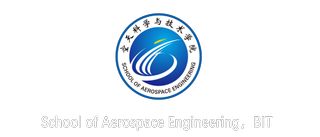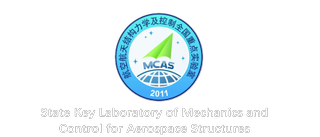Data-driven Modeling of Transonic Nonlinear Flutter via Convolutional Neural Network Autoencoder
Zhijie Peng, Xiangjie Yao, Haojie Liu, Rui Huang
Abstract:This paper proposes a novel data-driven aeroelastic modeling method based on the autoencoder (AE) and the nonlinear state-space identification. This method allows high-dimensional flow field nonlinear features to be characterized with high accuracy by lower-dimensional latent vectors, which facilitates the identification process and the generation of concise temporal models. The data-driven modeling initially employs a convolutional neural network autoencoder (CNN-AE) to reduce the dimensionality of pressure snapshots of unsteady flow fields obtained through high-fidelity numerical simulations. This process contributes to mapping the high-dimensional flow field to a low-dimensional latent space. Secondly, a temporal dynamics model of latent vectors is constructed using the state-space nonlinear identification. Subsequently, the temporal dynamics model is integrated with the decoder part of AE to reconstruct the temporal evolution of the unsteady transonic flow fields and aerodynamic forces. Finally, a nonlinear aeroelastic analysis is carried out by coupling the data-driven aerodynamic model and the structural model. In this paper, the effectiveness of this method in constructing a transonic data-driven model (DDM) is validated by the aerodynamic-structural coupling numerical example of the NACA0012 airfoil in a transonic regime. The results show that, in comparison to the linear flow modal decomposition method, the CNN-AE with nonlinear activation can utilize lower-dimensional latent vectors to represent the spatial structure of the flow field. Moreover, the resulting data-driven-based surrogate model is efficient and accurate in predicting the transonic flutter and limit-cycle oscillations (LCOs), proving a powerful tool for nonlinear aeroelastic analysis.
文章链接:https://link.springer.com/article/10.1007/s11071-025-10953-3





